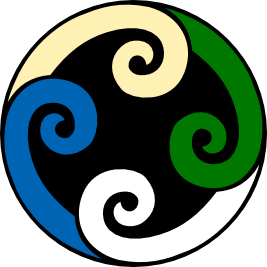7M2 Science
Section outline
-

Kia ora, and welcome to your Pūtaiao (science) course page for 2021. My name is Ms. Katafono and I will be your Science teacher this year. This page is where you will find all the information you will require for your Science course. All links, tasks and assessments will be placed here as well as additional lesson notes and resources. Please make it a habit to check this page at the start of each week to ensure you are up to date.
Your kaiako here in the Mountains whānau hope that your year at MHJC will be full of fun and challenging activities that will see you grow as a learner. Enjoy this year and if there are any queries do come and see me or feel free to email me - mkatafono@mhjc.school.nz -
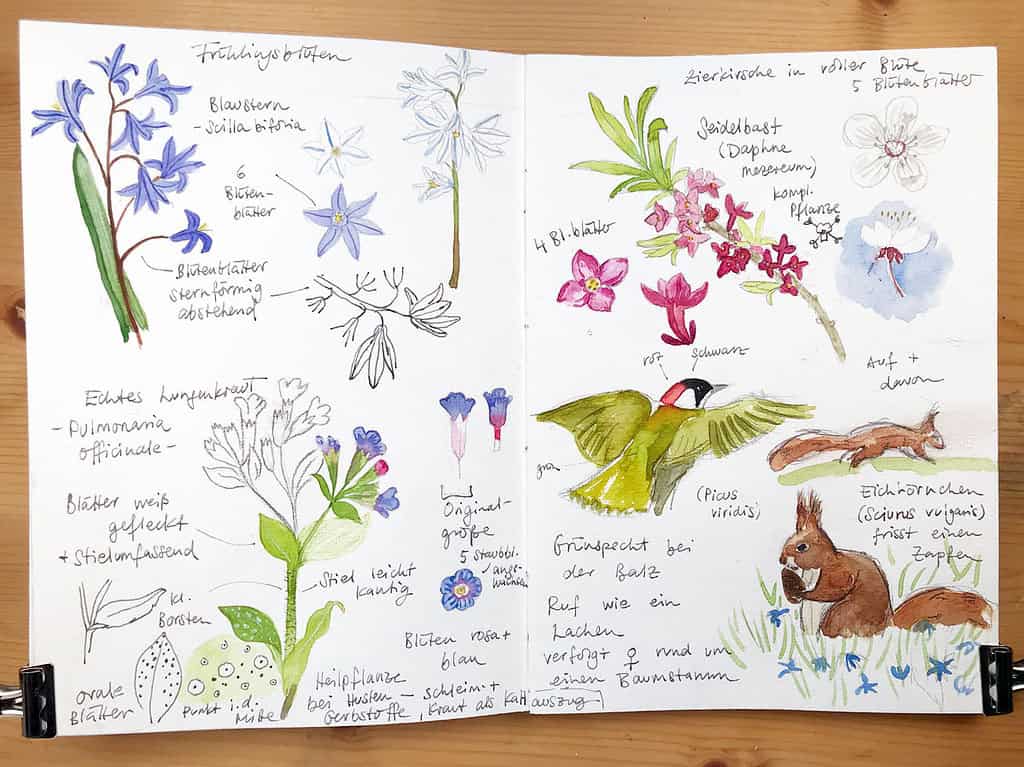
Create a Nature Journal
Kia Ora 7M2. While we are home for the next 3 days, I thought you could create a nature journal.
If/When you do go for walks with your family in your local park, you may observe different plants and animals. Feel free to draw, sketch or even glue some of the flowers and plants into your books and be sure to label these and write some information about it.
I have put the instructions and a video of how to create a nature journal on google classroom.
Here is the link
Also, here is a video of how to create a nature journal:
This is through the Department of Conservation, so once you've completed this, we can go through and send your details in, and you get a cool nature medal!
Do what you can , and most importantly stay safe.
Any questions, don't hesitate to contact me.
Arohanui,
Ms. Katafono
EXPLORE / TŪHURA learning intentions:
- We are EXPLORING by observing the natural environment and creating a nature journal to record our observations
- We are EXPLORING how to connect with nature and communicate our findings through our journal
- We are EXPLORING by using Rangahau (research) to discover more information about our findings
-

At the end of last week we looked at lab safety and what could happen if we didn't follow lab rules. You created some awesome posters that I will hang in the lab so you can always remind yourselves of the rules.
This week we will look at how scientists use observations to collect and record data. You made some awesome observations in your nature journals, so we will practice recording our observations in an experiment.
I will attach the activities on google classroom here. We will be doing this during class or as homework.
Success Criteria: I can
- Identify qualitative and quantitative observations
- Use both observation types when writing practical reports
Activities:
- See link to google classroom activities above
- Quantitative vs qualitative experiment
EXPLORE / TŪHURA learning intentions:
- We are EXPLORING by identifying observation as a way of gathering evidence
- We are EXPLORING making multiple observations using more than one sense
- We are EXPLORING how to record observations in multiple ways
-

Kia ora 7M2. We're back in lockdown again, so the first thing I want to say is look after yourselves and your health.
When doing your school work, try and stick to your school time table so you're in a sort of routine and spending your time with all your subjects.
This week I've set out all the work on Googleclassroom, link here - we're revising the work we did last week, and looking at living and non-living things
If you have any questions , please email me :)
Arohanui, Ms Katafono
Kia ora...
Success Criteria: I can.
- start to identify if something is living or non-living
Activities:
- Activities on googleclassroom link above
- Homework: link above
EXPLORE / TŪHURA learning intentions:
- We are EXPLORING by being able to identify how we know something is living or non-living
- We are EXPLORING by learning how to organise things in the living and non-living categories
-

Kia ora 7M2
Success Criteria: I can
- Explain how our brain and senses relate to movement
Activities:
- Parts of the brain activity
- On Googleclassroom
Homework:
Education perfect: Living and non-living thingsEXPLORE / TŪHURA learning intentions:
- We are EXPLORING the parts of the brain and senses and how this relates to movement
- We are EXPLORING by learning what role our brain plays in helping us move and do activities ( in PE)
-

Kia ora, This week we are looking at the skeletal system and its functions.
Success Criteria: I can
- Label some of the bones that are related to movement particularly in PE
- Describe the function of our skeletal system and its importance
Activities:
- On googleclassroom
- Experiment: make a working hand with nerves
.
EXPLORE / TŪHURA learning intentions:
- We are EXPLORING the skeletal system and some of its main functions
- We are EXPLORING by learning what role our skeleton plays in helping us move and do activities in PE
-

Kia Ora, This week we are looking at the lungs and its function.
Success Criteria: I can/
- label some of the important parts of our lungs
- Describe the job of our lungs and why it is important to keep this healthy
Activities:
- Googleclassroom
- DIY lung activity
Homework:
Education perfectFOCUS / ARONGA learning intentions:
- We are FOCUSING on identifying how the organs work together when we are exercising and playing in PE
-

Kia ora...
Success Criteria: I can/have...
- describe the functions of the heart and why it is important to keep this healthy
Activities:
- Heart rate experiment
Assessments have been given via googleclassroom - this is due on the 6th of April
PLAN & DO / WHAKAMAHI learning intentions:
- We are PLANNING to look at how all the different organs work together so we can apply this to our understanding of how we function as a human being
-
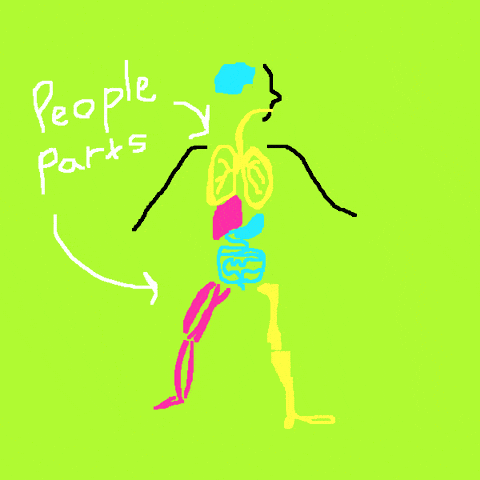
Assessments due this week 7th April, 4.30pm
PLAN & DO / WHAKAMAHI learning intentions:
- We are PLANNING to look at how all the different organs work together so we can apply this to our understanding of how we function as a human being.
-

Kia Ora 7M1,
It is the last week of term (yay! )
This week we will finish off our topic - The human body.
Success Criteria: I can
- Understand how different organs work together in a human and their functions
Activities:
- Video with attached worksheet on googleclassroom
- Experiment
REFLECT / WHAIWHAKAARO learning intentions:
- We are REFLECTING on the purpose of your assessment and how this helped you understand the human body and its functions
-

Welcome back! Hope you had a great 2 weeks holiday :)
This term, your context is around music/performance and viral videos. Within the science subject - we will be looking at how music ( sound in particular) is created.
Success Criteria: I can
- Define sound
- Give reasons as to why sound is important
Activities:
- Paper cup telephone
- Googeclassroom
-
Kia Ora,
This week we will be investigating how sound waves travel and how different pitches are produced.
Success Criteria: I can
- Make connections on how and why objects make different sounds.
Activities:
- Water Glass xylophone experiment
- Googleclassroom ( scientific literacy article reading and experiment worksheet )
-
Noa'ia e' Mauri
This week we will be looking at the 'lali' a wooden drum and the sounds it produces. We will also be looking at how different mediums produce different sounds and why this travels faster/slower in different mediums
EXPLORE / TŪHURA learning intentions:
- We are EXPLORING how sound travels through different mediums
Success Criteria: I can/have...
- Understand the definition of a medium
- Why/How sound travels at different speeds in different mediums
Activities:
- Googleclassroom
- Video- Magic school bus and Connected article 'South Pacific Beats'
-

Kia Ora,
This week we will be looking at how we as human beings hear, and also how different animals hear and communicate.
EXPLORE / TŪHURA learning intentions:
- We are EXPLORING the different parts of our ear and how they function to help us hear sound
- We are EXPLORING how different animals hear and communicate using sound
Success Criteria: I can/have...
- label the different parts of our ear and how they function to help us hear sound
- Describe how different animals hear and communicate using sound
Activities:
- Observing what sound looks like experiment
- googleclassroom activity - echolocation
-
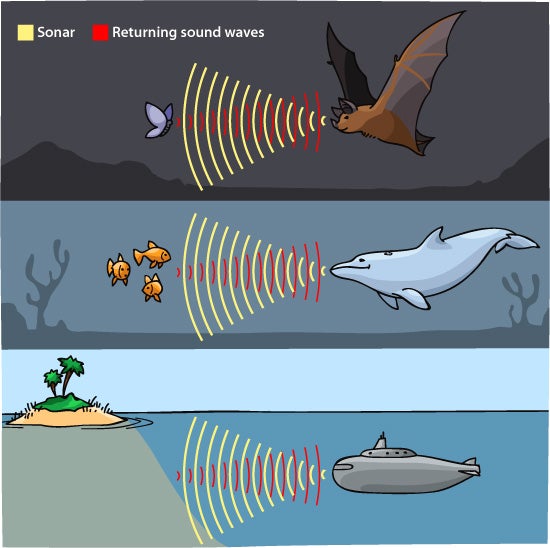
Kia Ora,
This week we will be working on our presentation in groups. You will be assigned to different animals and will present about the way in which your animal hears.
FOCUS / ARONGA learning intentions:
- We are FOCUSING on explaining how different animals hear
- We are FOCUSING on developing a group presentation of an assigned animal and learning to work together as a group
Success Criteria: I can/have...
- Explain how different animals hear in comparison to humans
Activities:
- Googleclassroom presentation
-
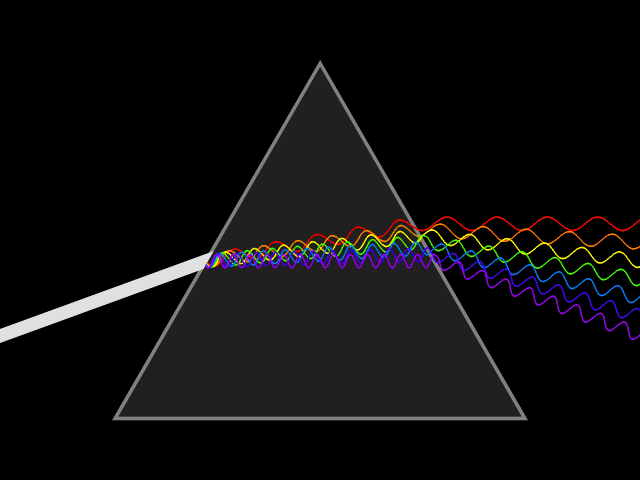
Kia Ora ākonga,
This week we move into the Light portion of our topic. We will look at the properties of light, colors, reflection and refraction
EXPLORE / TŪHURA learning intentions:
- We are EXPLORING the properties of light by experimenting with prisms and various lenses.
Success Criteria: I can/have...
- describe some of the properties of light
Activities:
- Magnifying glass experiment
-
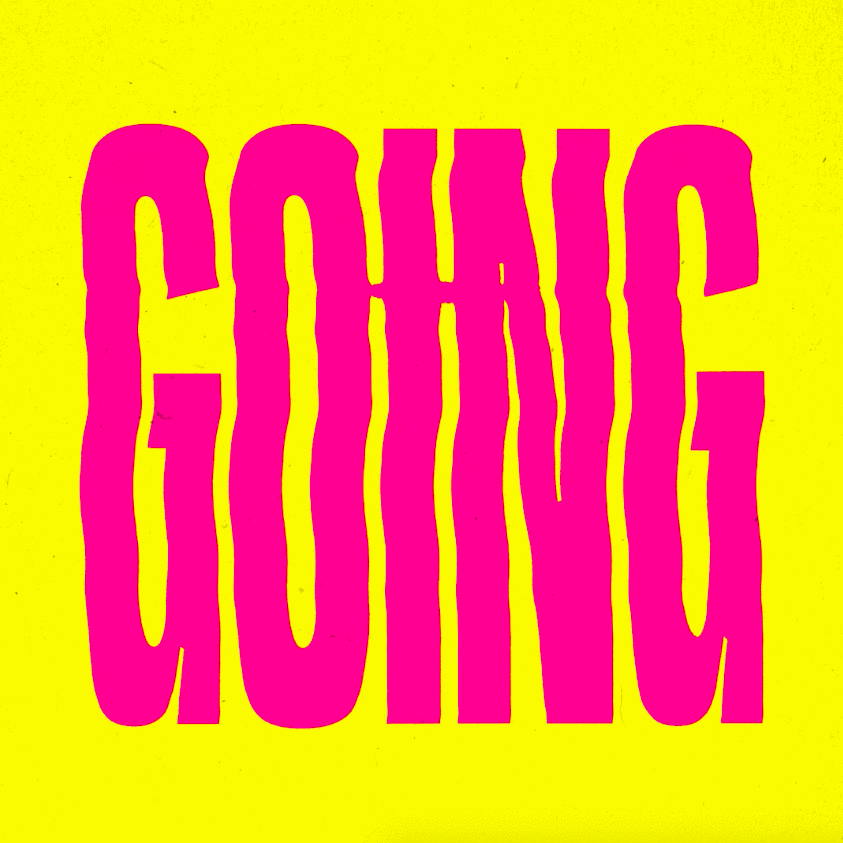
Kia Ora ākonga,
For the last 2 weeks of term we will be applying our learning on light and sound to our context of GOING VIRAL. You will be focusing on creating an educational video similar to the one you are doing in your performance classes.
FOCUS / ARONGA learning intentions:
- We are FOCUSING on our learning of light and sound by developing a 'viral' education video about it
- We are FOCUSING on enhancing our understanding of light and sound by explaining it through our viral video
Success Criteria: I can/have...
- Apply my understanding of light and sound by creating an education video with the information and how I can make it go 'viral'
Activities:
- Creating our 'viral' light and sound educational video
- Brain pop
Homework:
Brainstorming/planning how we will present our information in a video. ( Next week you will submit these)PLAN & DO / WHAKAMAHI learning intentions:
- We are PLANNING to show our understanding of light and sound by designing and presenting in the form of a project.
- We are PLANNING a group project by collaborating and working together in a team
-
Welcome back to term 3 ākonga ! Hope you had a great 2 weeks holiday.
This term, you will be covering Mātai matū ( Chemistry ) within the Harry Potter Context. So you will be having potions class for the next 10 weeks.
This week we will start with learning some vocabulary and introductory content
EXPLORE / TŪHURA learning intentions:
- We are EXPLORING what matter is by recognising the difference between solids, liquids and gases.
- We are EXPLORING the differences between the types of matter by observing some of their properties and how they are organised.
Success Criteria: I can/have...
- state the 3 states of matter
- identify the differences in properties of the particles in each state
Activities:
- Brainpop activities assigned ( 'states of matter')
- Readworks - literacy reading
Homework:
Complete brainpop and readworks activity -
Kia Ora ākonga,
This week we will be focusing on the scientific method. This is the process or method that we use to research and record our findings.Scientists use the scientific method to study, learn, and come up with an answer!
EXPLORE / TŪHURA learning intentions:
- We are EXPLORING what matter is by experimenting with 'butter-beer icecream'
- We are EXPLORING by observing the 3 states of matter through rangahau
Success Criteria: I can/have...
- Define the steps of the scientific method
- Use the scientific method for experiments. ( This will be important for your assessment at the end of the term)
Activities:
- Scientific method sorting activity
- 'Butter beer' experiment - Recording this using the scientific method.
Homework:
Brainpop
FOCUS / ARONGA learning intentions:
- We are FOCUSING on developing a scientific method for our experiments
- We are FOCUSING on identifying the steps of the scientific method by conducting our 'ice cream' experiment and explaining the steps within it.
-
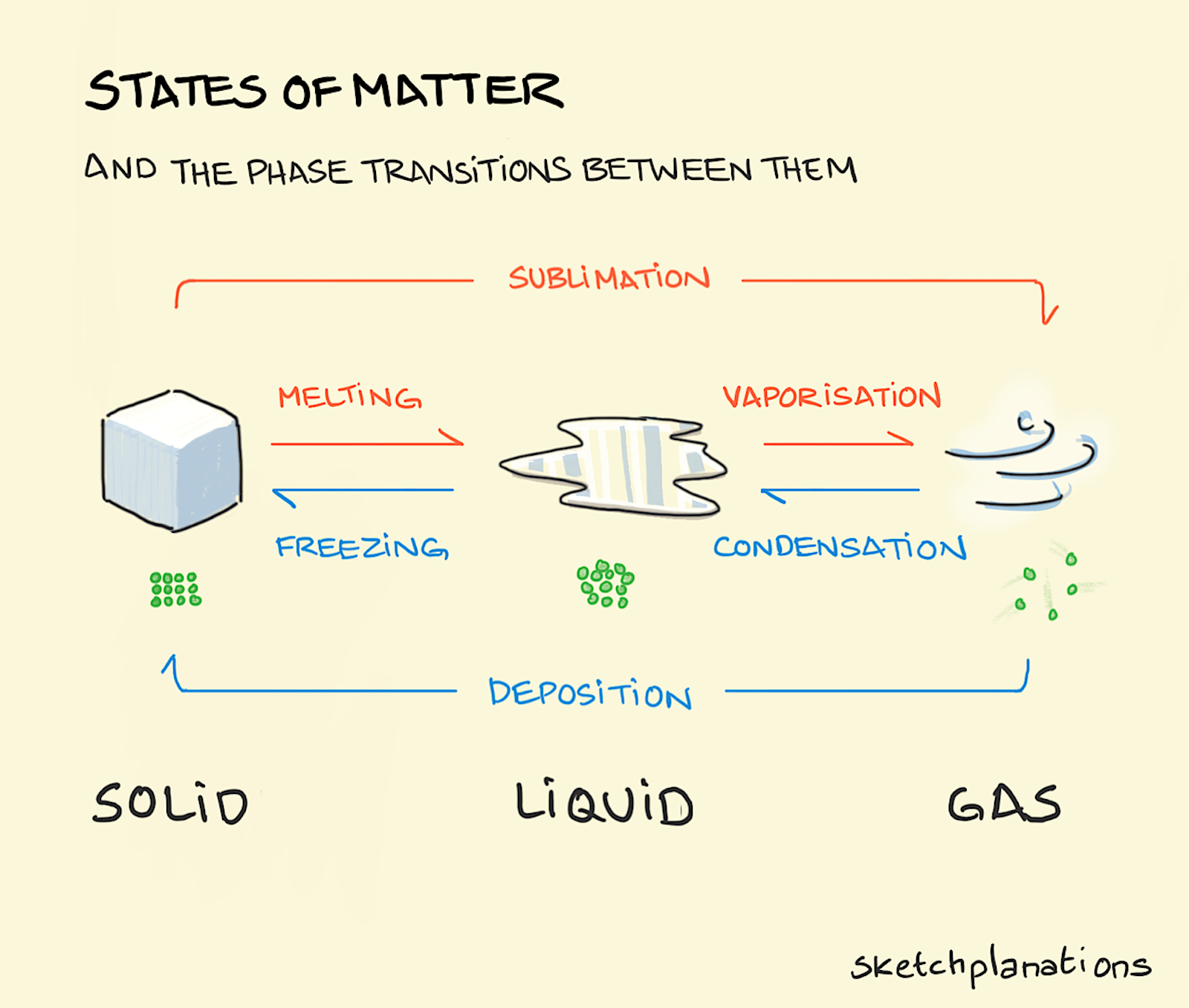
Kia ora ākonga,
This week we will be looking at the transitions between states of matter, and what elements, compounds and mixtures are.
EXPLORE / TŪHURA learning intentions:
- We are EXPLORING myths and legends by classifying the differences between atoms, elements, compounds and mixtures in Harry Potter
- We are EXPLORING myths and legends by recognising what atoms are and how all things are made up of atoms
Success Criteria: I can/have...
- Define what an atom, element, compound and mixture is
- Give examples of some elements, compounds and mixtures
- Explain the differences between atoms, elements, compounds and mixtures
Activities:
- Create an atomic structure - hands on activity
- Play-doh activity creating models of elements, compounds and mixtures
- Rotation station with different examples of elements, compounds and mixtures
Homework:
- Scientific Literacy reading- Brainpop
-

Kia Ora koutou, we're back in lockdown for a week so for the next 7 days , I'd like you to focus on your own physical and mental health first.
In terms of work, we will be revising our learning from the last few weeks. The links to the activities you are doing are on the must do can do document. Please make sure you check these and complete them. ( We are currently on elements, mixtures and compounds and starting atomic structure )
A few tips to help make this transition at home with school work easier:
1. Set yourself a timetable or schedule and keep your routines as normal as possible. (Eg. try and follow your class routines so if you would normally have Science in Session 3 on a day - then work on science during this time, then move on to the subject you would normally have in the next session etc. )
2. Allow time in the day for some physical activity or down time. ( Eg. go for a walk with your family to your LOCAL park or within your neighbourhood)
3. Do what's best for you and your family, and most importantly stay safe and hopefully I'll see you all next week.
Stay safe and well in your bubbles.
Arohanui,
Ms. Katafono
EXPLORE / TŪHURA learning intentions:
- We are EXPLORING myths and legends by classifying the differences between atoms, elements, compounds and mixtures in Harry Potter
- We are EXPLORING myths and legends by recognising what atoms are and how all things are made up of atoms
-

Kia Ora ākonga,
I hope you're all well and safe in your bubbles. So lovely to see all your faces during our meeting today.
I have posted the slides on googleclassroom , make sure to pace yourselves and do what you can. It has all the work scheduled for the week so remember, do them when you would normally have science.
Week 5 Lockdown Science plan is as follows:
Monday ( Session 4) - Quick check in via Google meets. Work is on googleslides. Today's work is on atomic structure. There is a video to watch and an activity at the end ( link is on the slides )
Thursday ( Session 3 ) - DIY experiment at home, 'crazy cocoa powder experiment' , you will be writing down the scientific method of your experiment in your books ( Aim, Hypothesis, Method and your observations ). Take a picture of your book and either submit it with the slides on googleclasroom on Friday or email me :)
Friday ( Focused Friday ) - Scientific Literacy reading on read works. Code is on the slides, so read through the article then answer the questions and turn it in
Any questions, feel free to email me.
Arohanui,
Ms. Katafono
EXPLORE / TŪHURA learning intentions:
- We are EXPLORING myths and legends by recognising that all things are made of matter and can be organised into even smaller parts called atoms
- We are EXPLORING myths and legends by observing the different parts of atoms and their functions
-
Kia Ora ākonga,
This week we will be looking at the periodic table. So far we've looked at the states of matter, elements, mixtures and compounds , what matter is made of and zoomed right into the atomic structure of the atoms. Now we look at how the elements are classified. I have put all the slides for this week on google classroom. Each session of Science is highlighted so you know when and how much to do during your normal sessions of science.
All links and activities are on that slide so make sure to read through these carefully.
Week 6 Science Lockdown Plan is as follows:
Monday ( Session 4) : Slides will be released at 8.30am on google classroom. We have our google meets meeting at 11.30 am where I will explain what you will be doing, check through last week's work and do a kahoot
Thursday ( Session 3): DIY experiment at home: Making Oobleck. Instructions and links are on the slide. Make sure to attach your video and photo of your scientific method ( in your books) and send through with the slides at the end of the week on google classroom. 2nd Google meet at 11.30am
Friday ( Focused Friday ): Scientific Literacy reading on Oobleck here . Make sure to answer the questions on the slide, in your books.
Don't forget to turn in the Week 6 Lockdown Science work on google classroom ( With your video experiment and method in book attached )
Any questions don't hesitate to email me or bring them to our meets.
Arohanui,
Ms. Katafono :)
EXPLORE / TŪHURA learning intentions:
- We are EXPLORING myths and legends by recognising how elements in the world are grouped in the Periodic Table.
- We are EXPLORING myths and legends by finding out how to read the information given on a Periodic Table
-

Mālō e lelei 7M2.
This week I've paused adding new content. I would like you to look after your mental health, take a break from the screen, go out for a walk.
Use this week to catch-up on all the work that was given over the last few weeks on google classroom, brainpop and education perfect.
Next week we will continue as normal so use this opportunity to be kind to your mind.
Arohanui,
Ms. Katafono
-

Kia Ora ākonga,
I hope you're all well and safe in your bubbles. Our first meeting is tomorrow ( please see the must do can do doc for links )
I have posted the slides on googleclassroom , make sure to pace yourselves and do what you can. It has all the work scheduled for the week so remember, do them when you would normally have science.
Week 8 Lockdown Science plan is as follows:
Monday ( Session 4) - Quick check in via Google meets. Work is on googleslides. Today's work is on physical and chemical changes. You will need your book to take notes.
Thursday ( Session 3) - DIY experiment at home, 'observing chemical changes' , you will be writing down the scientific method of your experiment in your books ( Aim, Hypothesis, Method and your observations ). Take a picture of your book and either submit it with the slides on google clasroom on Friday or email me :)
Friday ( Focused Friday ) - No Scientific Literacy Reading, but there is a brainpop activity. Link is on the slides.
As always, any questions don't hesitate to email me or bring them to the Google meets :)
Arohanui,
Ms. Katafono
EXPLORE / TŪHURA learning intentions:
- We are EXPLORING chemistry by recognising the differences between chemical and physical changes
- We are EXPLORING chemistry by using observations to describe chemical and physical changes
-
Be the teacher- Teach the class!
Kia Ora ākonga,
For the next 2 weeks you will be working on a project. You will each be assigned an element and will be presenting to us in our google meets (yay!) Basically, you get to do what I've been doing while we have been learning in lockdown ( talking to your screen to mostly hidden faces :)) I have attached a spreadsheet and the project instructions on google classroom. Have fun with your presentation, make it as engaging as you want!FOCUS / ARONGA learning intentions:
- We are FOCUSING on developing a presentation about an element and applying our understanding of chemistry through Kōrerorero during our G-meet online sessions.
- We are FOCUSING on explaining what an element is by identifying key facts about it.
-
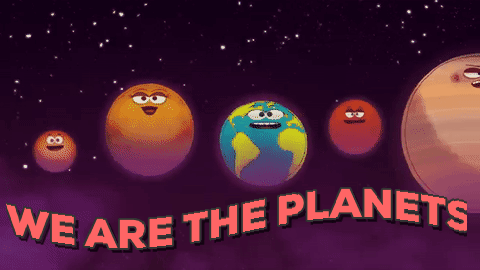
Welcome back to Term 2 ākonga. Sadly, we are still in lockdown and must continue through online learning. I do hope you are all well and safe within your bubbles.
This term we will be moving into Earth Space Science ( ESS) and will start with learning about the solar system and the planets. Similar to last term's structure - All google meets and instructions for each week will be on the must do can do document. Slides will be released on Google classroom at 8.30am on the 1st session of the week and will contain all 3 sessions work on this. You will follow instructions for the work and turn this in at the end of the week.
This week we are looking at the Solar System and our planets.
Success Criteria:
To identify the planets in our Solar System.
•To describe a planet in our Solar System.
•To create a scale model of the Solar System using a scale.
Activities:
- Fact Hunt
- Online Scavenger Hunt
- Creating your own Scale Solar System at home
EXPLORE / TŪHURA learning intentions:
- We are EXPLORING our context of Space Run by recalling the names of the planets and objects in our solar system in order and locating Earth in the Solar System.
- We are EXPLORING our context of Space Run by learning how to accurately measure and create a scales/scale models
-
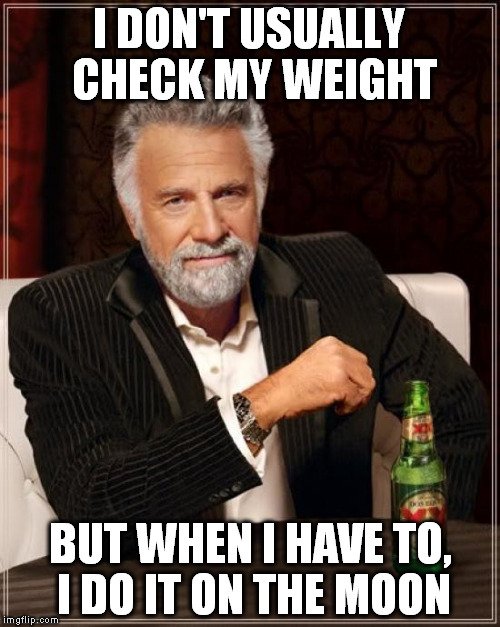
Kia Ora akōnga!
Assessments are over ( phew) so now we continue with our topic. This week we are learning about gravity, mass and weight. This will help you with what you are learning in PE.
As usual, slides will be up on Google classroom with all 3 sessions for the week in it.
This week you have 2 experiments ( lucky you!) and this is to give you a break away from your screens. There is a fun challenge and anti-gravity experiment. I'm also aware you have a few assessments due this week as well.EXPLORE / TŪHURA learning intentions:
- We are EXPLORING our context of Space Run by recognising the difference between mass and weight.
- We are EXPLORING our context of Space Run by connecting our understanding of gravity, mass and weight to our learning in PE and space games.
Success Criteria: I can/have...
- Understand the difference between mass and weight
- Define mass, weight and gravity
Activities:
- Marble run challenge ( create your marble run and take a video to send in )
- Anti-gravity experiment
-
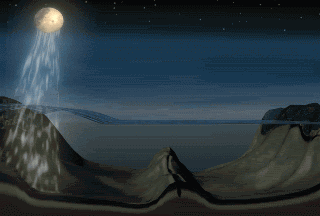
Kia Ora ,
This week we will be looking at the marama ( moon ) and understanding its connection to the tides.
EXPLORE / TŪHURA learning intentions:
- We are EXPLORING our context of Space Run by discovering how the moon moves and what causes its appearance to change
- We are EXPLORING our context of Space Run by connecting our understanding of the moon to its influence on the tides we see here on EarthKia ora...
Success Criteria: I can
- describe some characteristics of Te Marama ( the moon )
- understand how the moon influences the tides on Earth and describe the processes in my own words
Activities:
- MSB video and worksheet are attached to the slides and google activity to be completed
- Brainpop activity on slides
-

Kia Ora,
This week we will be looking at paper planes ( in collaboration with PE ) and this will lead us into orbits in space.
As per usual, slides will be released on Google classroom during Session 1 at 8.30am. Follow the instructions and complete the assigned tasks outlined in the slides. This has all 3 sessions for the week so pace yourselves accordingly.
Plan for the week is as follows
Session 1: Paper plane activity in P.E and learning about the science of paper planes ( I will touch briefly on the forces that act on paper planes )
Session 2: Orbits in Space
Session 3: Sun-dial experiment.FOCUS / ARONGA learning intentions:
- We are FOCUSING on the context of Space Race by adapting our understanding of objects in orbit to paper planes
- We are FOCUSING on the context of Space Race by explaining the forces that act on paper planes and how this is linked to our P.E subject
Success Criteria: I can/have...
Understand the science of paper planes ( aerodynamics and trajectory of paper planes)
Explain how objects travel in space
Activities:
- Paper plane activity
- Sun-dial experiment
-
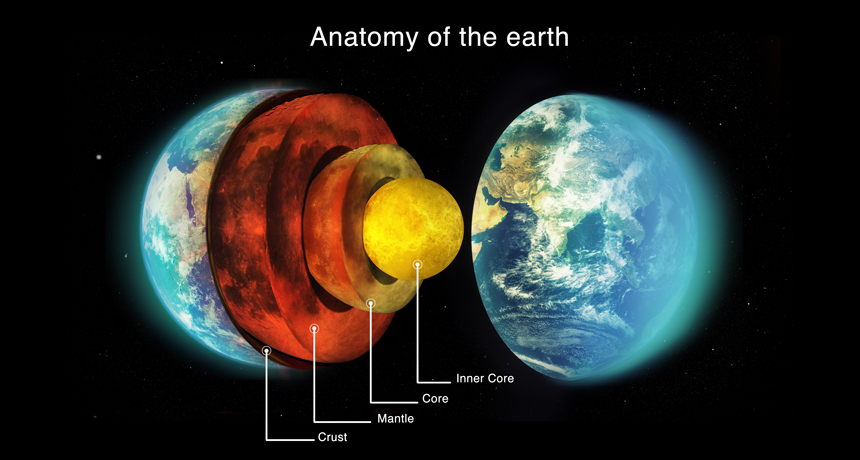
Kia Ora,
This week we will be looking at the Earth's composition and label the different types of rocks.
As usual, slides will be released on Google classroom at 8.30am on the day of your 1st science session.
Plan for the week is as follows:
Session 1: Creating an Earth model activity. During our google meet I will go through a model of the Earth ( a boiled egg) and
explain the layers of the earth. You will then create your own with your chosen model and send a video of this to me.
Session 2: Brainpop activity assigned
Session 3: Edible rock experiment ( with bonus making rain at home experiment and science article optional )
Success Criteria: I can/have...
Describe the layers of the Earth and be able to label a basic diagram
State the different types of rocks
Activities:
- Brainpop
- Edible rocks experiment
- Creating rain at home experiment
- Scientific Article
EXPLORE / TŪHURA learning intentions:
- We are EXPLORING our context of Space Run by investigating the different layers of the Earth and connecting our understanding through our own models at home.
- We are EXPLORING our context of Space Run by classifying the different types of rocks
-
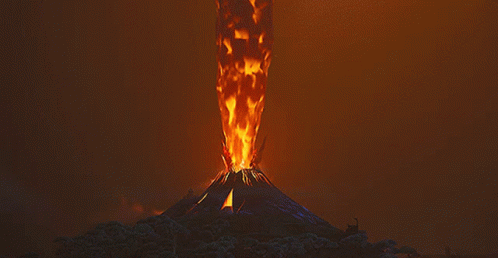
Kia Ora,
This week we will be ending our Earth and Space Science topic by looking at volcanoes. In particular, we will be focusing on the volcanoes present in NZ and will be doing an experiment at home
As usual, google slides will be up on google classroom at 8.30am on the day of your first session of science.
Plan for the week is as follows:
1. If weather allows, a field trip to Māungakiekie ( Dormant volcano in Mt Albert - I will head out and show you during google meet) - If not then a virtual trip in the Auckland museum
2. DIY make your own volcano ( some of our chemistry learning from last term will be useful for this )
Success Criteria: I can/have...
- Understand that some mountains and hills are volcanoes but not all volcanoes look like mountains
- Understand that volcanoes have been built up by eruptions.
- Realise that volcanoes can be
extinct, dormant or active
Activities:
- Virtual museum trip to the volcanoes section
- DIY Volcano experiment
FOCUS / ARONGA learning intentions:
- We are FOCUSING on the context of Space Race by describing the natural aspects of Earth and identifying how volcanoes are created and erupt.
- We are FOCUSING on the context of Space Race by comparing the different types of volcanoes and eruptions
